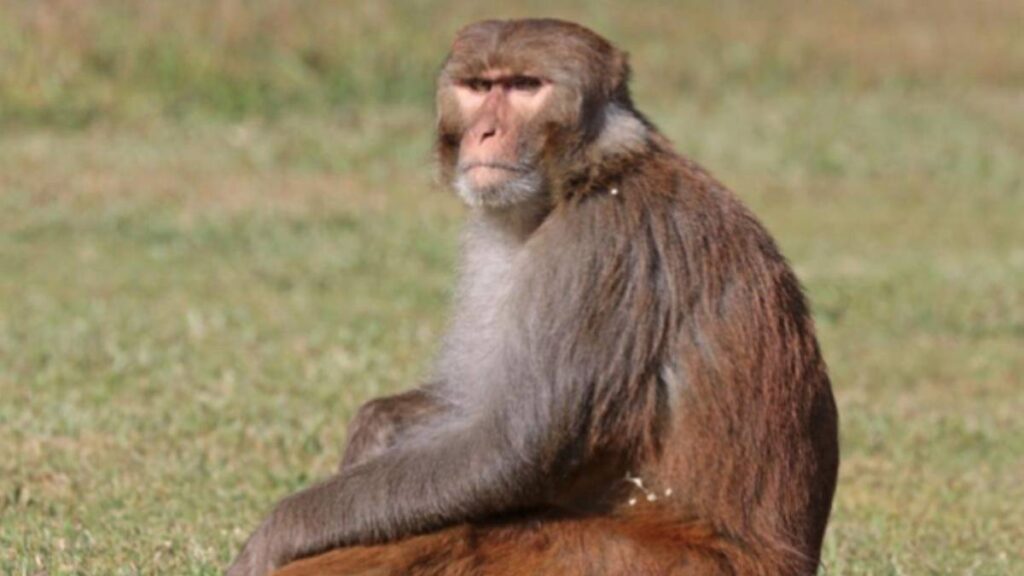Scientists have uncovered 40 more invasive species that could hurt Florida if they mean to. Some University of Florida researchers investigated and discovered some unexpected creatures on the list.
National Geographic defines invasive species as “organisms that are not indigenous or native to a particular area.” But the big worry is about the immense harm they can bring to the affected area’s environment and economy.
Invasive species adapt to new areas with unusual speed and begin to reproduce massively and quickly, too.
The scientists looked at 460 species that haven’t yet entered Florida. The research aimed to uncover the potential for harm if they find their way into the Sunshine State.
Also Read: Golden Retriever Cares for African Painted Dogs at Indiana Zoo
Florida is already battling to contain the damage from one of the country’s most notorious invaders- the Burmese Python. The giant constrictor snake, which can reach up to 23 feet long, is native to Southeast Asia. Now, it has made Florida its second home.
Invasive species could enter a new territory by accident or through help from humans. For example, experts believe that the Burmese Pythons served as pets to Florida residents. Either their owners released them, or Hurricane Andrew displaced them in 1992.
This Python species has caused great harm to the Florida Everglades that the state will pay people to hunt them. It is also illegal to bring the species into the country.
However, the study aims to help conservationists combating the species’ destructive activities. Conservationists can prevent potential invasions if they have access to relevant information.
POLL—Is Climate Change a Major Threat That Requires Immediate Policy Action?
Amongst the creatures the report categorized as likely invaders are the Alewife, the Zebra Mussel, and the Red Swamp Crayfish. The study ranked the species according to their degree of threat to the environment. Other factors that influenced their rankings were their likelihood of arrival and how fast they could spread.
But it was the fourth-ranked species that shocked the team of scientists. Co-author of the study, Deah Lawrence, mentioned the crab-eating Macaque as the day’s surprise. “Looking at the potential impacts, you know, that’s what really alarmed me,” she said.
The crab-eating species could harm humans as well, she also stated. The Rhesus Macaque, a similar species, holds sway in Florida and is armed with a deadly strain of herpes. The crab-eating Macaque could also have this destructive weapon in its possession.
Scientists have already brought the crab-eating Macaque into the state for biological testing. But even this is being done at great risk.
Also Read: How Long Do Turtles Live? Here Are the Expected Life Spans for Turtles
As Lawrence explained, “Say there’s a, you know, Category Five hurricane that might breach wherever they’re being held captive, there could be a potential introduction here.”
A University of Florida blog has mentioned why the state is a top contender for most likely to suffer invasion. First, Florida welcomes over 120 million tourists annually. Secondly, the state has 35 whopping international ports of entry.
Florida also has a diverse climate; the tropical, subtropical, and temperate climanon-native 85% of all nonnative plant species entering the United States enter through the state. Conservationists sure have a lot of work on their hands.
You Might Also Like:
Federal Officials Blame Texas Troops for Death of Three Migrants at Rio Grande Crossing
Trump Moves to Throw Out Georgia Election Interference Case On Presidential Immunity Grounds
Mike Lindell Accuses Fox News of Not Running Company’s Commercials Over Payment Dispute
NYC School Principal Slams Parents Who Condemned Her Decision to Boot Students Out of Class
Expert Claims Image of Trump and Epstein on a Private Jet is AI-Generated
